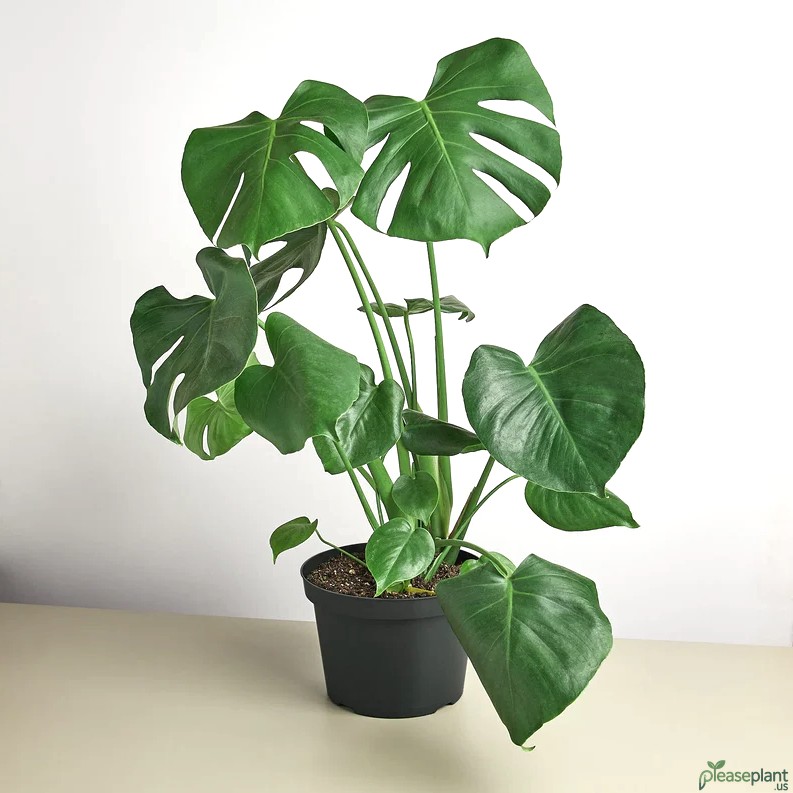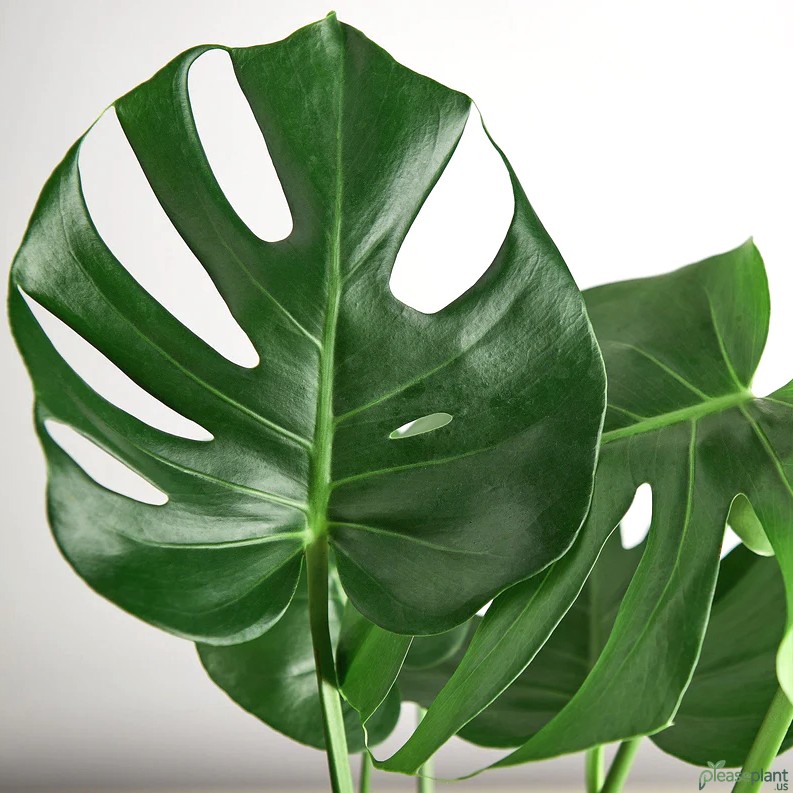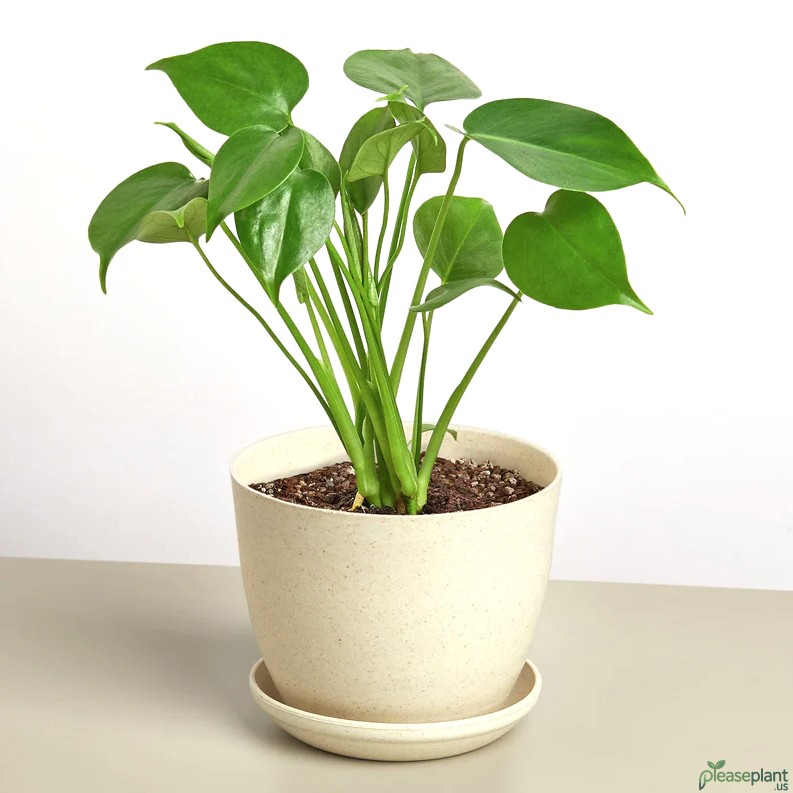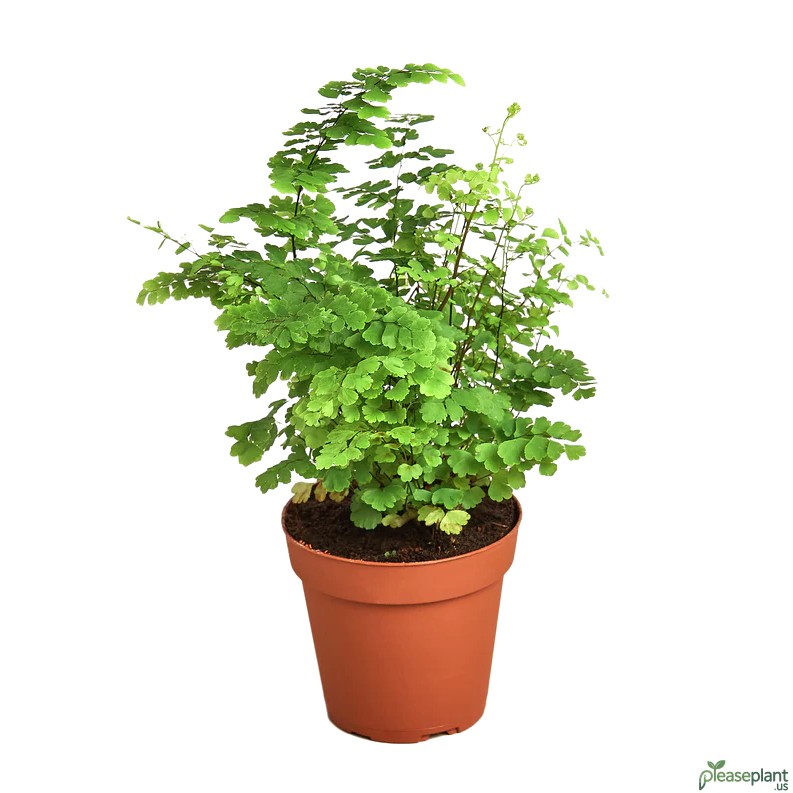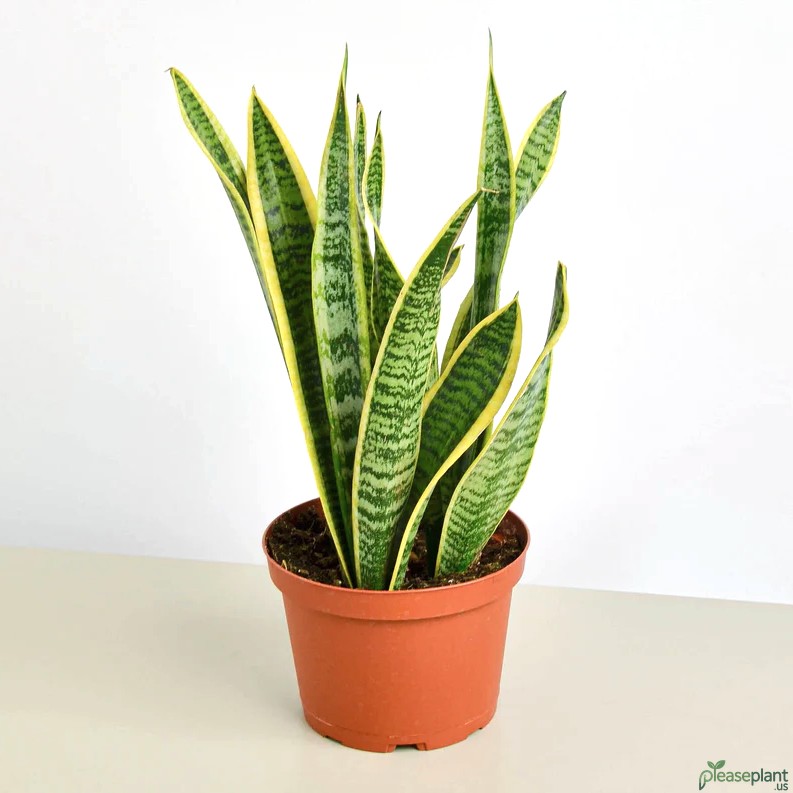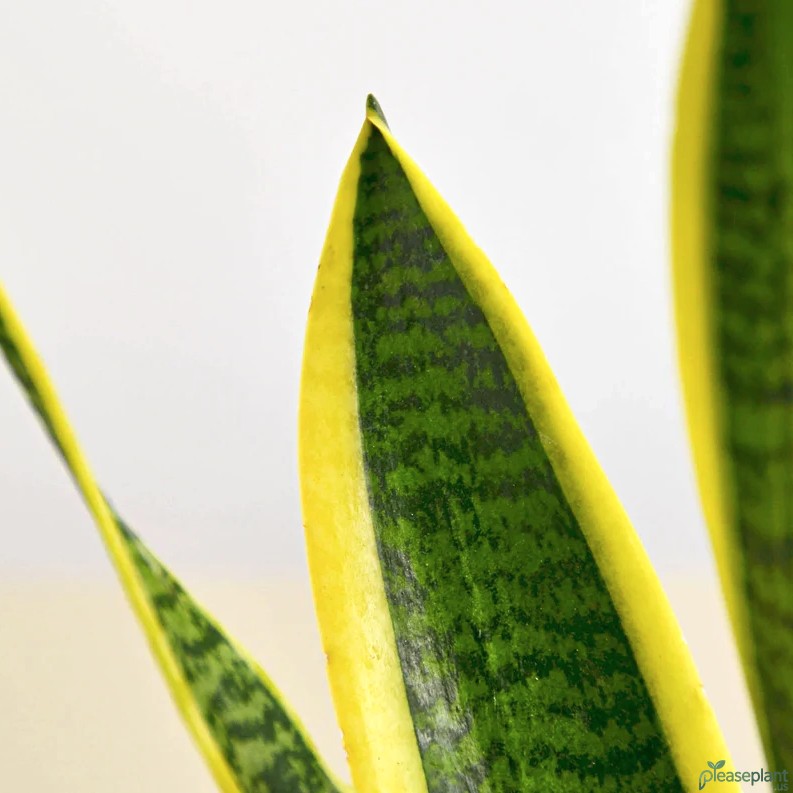So you’ve got a Philodendron Monstera Split-Leaf and furry friends wondering if it’s a danger? Many pet owners ponder if this popular Deliciosa Plant is toxic or harmless. From my years of wrangling both plants and pets, I’ll share what you really need to know. Spoiler: it’s not all doom and gloom, but you gotta be careful. This isn’t just some fancy houseplant; it’s got a few tricks up its leaves. Let’s dive into what makes this plant both loved and feared by pet parents.
When Plants and Pets Collide: The Monstera Dilemma
Let me tell you, I’ve seen it all with houseplants and curious cats or dogs. The Philodendron Monstera Split-Leaf, also known as the Deliciosa Plant, looks stunning with those big, split leaves that scream tropical paradise. But here’s the kicker – it’s not exactly a safe playground for your four-legged pals. Why? Because this beauty contains calcium oxalate crystals. Now, don’t freak out just yet, but these crystals can cause irritation if your pet decides to munch on the leaves.
What Happens if Pets Chew Monstera?
If your cat or dog takes a bite, expect some drooling, pawing at the mouth, maybe even a little swelling or vomiting. Not fun, right? It’s like when you accidentally bite into a lemon rind – sharp, uncomfortable, and you wish you hadn’t. But most cases aren’t life-threatening, more like a spicy warning from nature. Still, better safe than sorry, so keep an eye out and maybe don’t let your fluffy buddy test the plant as a snack option.
How Toxic is the Philodendron Monstera Really?
The good news is, while it’s definitely irritating, it’s not deadly. It’s a mild to moderate toxin, so if your pet just nibbles a leaf or two, you’re likely to see some temporary discomfort but no long-term harm. However, if your pet is a serial leaf-eater and manages a big mouthful, it could get worse, so don’t ignore symptoms like excessive drooling, difficulty swallowing, or lethargy. My advice? Call the vet if you’re worried. Better to be safe than making wild guesses.
Tips for Keeping Your Monstera and Pets Happy Together
Here’s what worked for me after years of juggling plants and pets. First, place your Monstera high up or behind barriers where curious noses and paws can’t reach. I once had a cat who’d leap like a ninja to get at those leaves, so trust me, height matters. Also, consider giving your pets their own safe plants or chew toys to distract them. And don’t forget, some pets are more sensitive than others – my dog barely glanced at the plant, but a friend’s cat nearly ate the whole thing!
Could You Choose a Safer Alternative?
If the thought of potential poisoning keeps you up at night, maybe opt for pet-friendly greenery like spider plants or Boston ferns. They won’t give you that same tropical vibe, but hey, your pets will thank you. Still, if you adore the Philodendron Monstera Split-Leaf, just treat it with respect and some common sense. It’s not a monster, just a moody diva plant that needs some boundaries.
Final Thoughts from a plant and pet lover
So, is the Philodendron Monstera Split-Leaf dangerous? Kinda yes, kinda no. It’s all about how you manage your space and keep your pets safe. I’ve seen folks freak out over plants that posed zero real threat, and others who brushed off genuine problems. My experience tells me: respect the plant’s potential to irritate, watch your pets closely, and keep that monstera outta reach. Then everyone’s happy, and your home looks lush and green without the drama.

